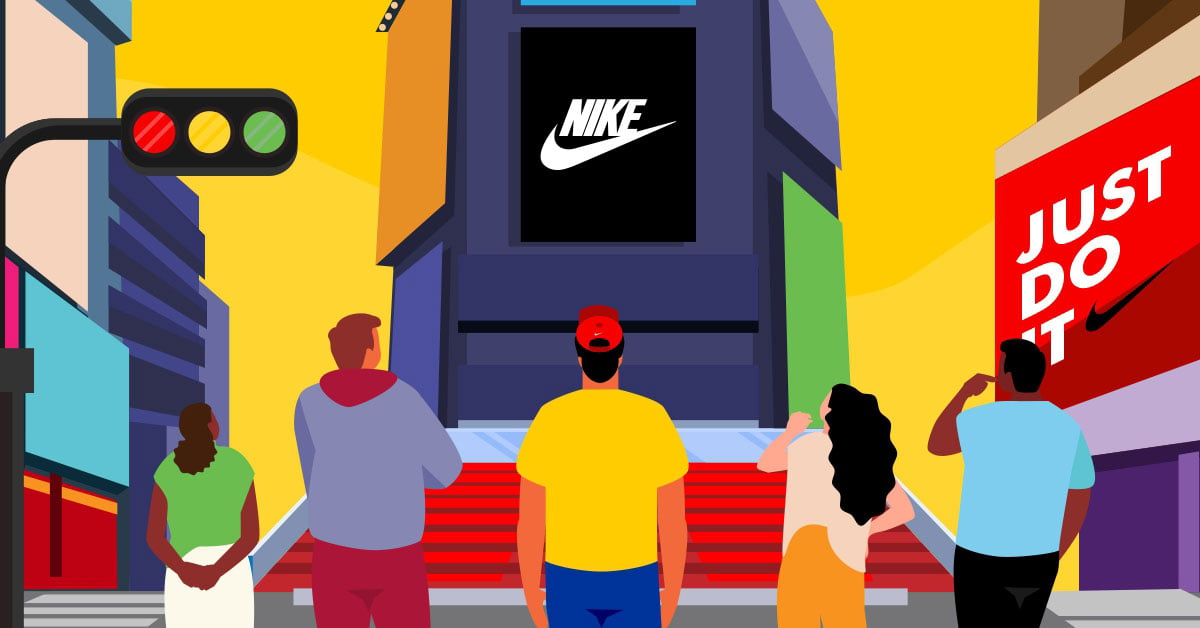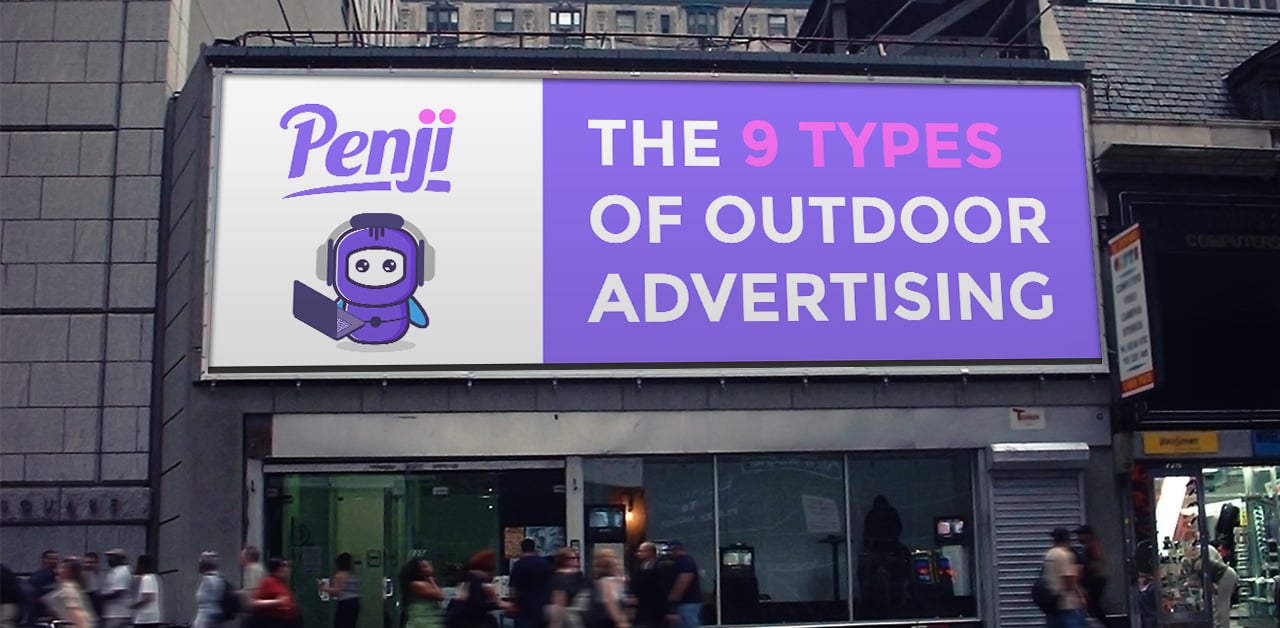If you have any type of knowledge in the field of web design, blog writing, or journalism, you’ve probably heard of SEO.
SEO is a process of making sure people who are looking for information about a particular topic can find your website or blog posts. It’s also called Search Engine Optimization. The knowledge of how to do SEO is essential in learning how to write for the web. Here are some tips to get you started.
1.) Publish Relevant, Engaging Content

The honest truth is; most people don’t like to read. When searching for something on Google, people will initially come to your page to find short answers to their burning questions.
In fact, right now you’re probably skimming through this blog post trying to find whatever quick info you were on the hunt for. We work hard to make our paragraphs easy to follow. We want them to be straight and simple.
When thinking of an article or blog post, you want to go for something that commonly shows up in search engine results. Pay attention to the news, to growing trends, and to whatever has become prevalent in your field of interest. Make sure that each paragraph on your page is related to the overall message you are trying to get across. It is a great idea to have simple sentences that are easily digestible.
Of course, one of the most important things to remember is engagement; interesting talking points are a must. No matter how readable, frank, or outspoken your blog post is, people will move on if they are bored. So don’t be afraid to get creative with your titles and subheaders.
Another way to increase engagement is to add videos, time-lapses, and pictures. Humans are often entertained by visuals; so be sure to give your readers something pretty or fun to look at.
To help you understand SEO better, here’s an in-depth guide about SEO in 2022.
Need graphic design help?
Try Penji’s Unlimited Graphic Design and get all your branding, digital, print, and UXUI designs done in one place.
Learn More
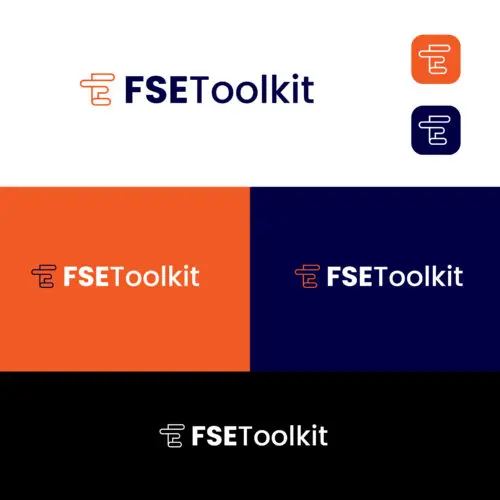
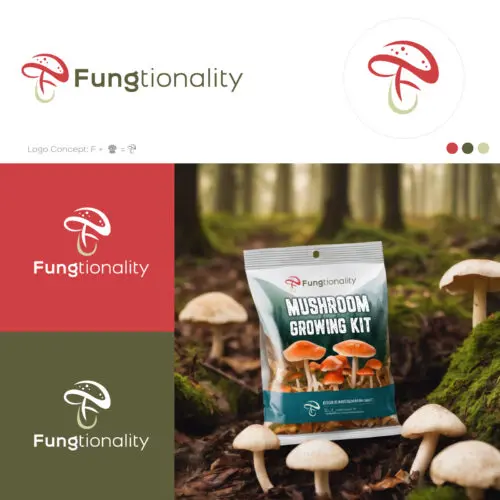
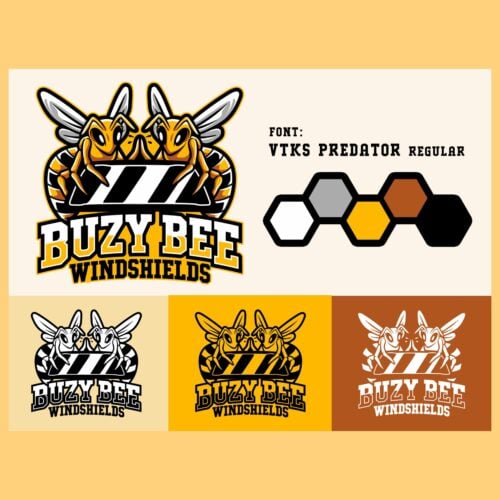

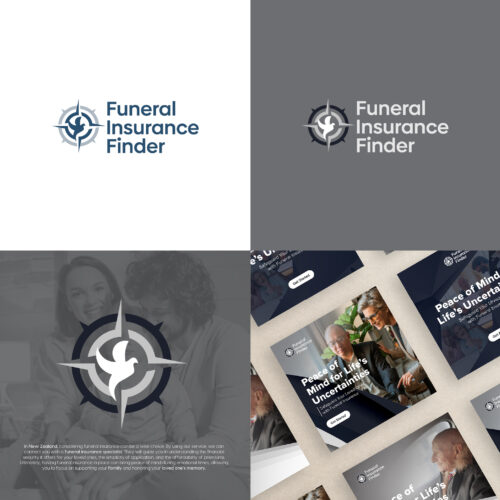
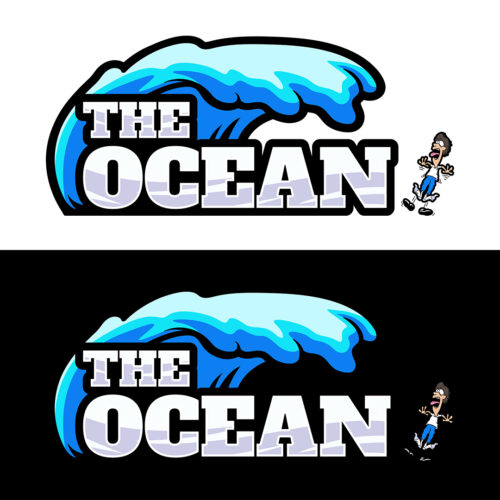
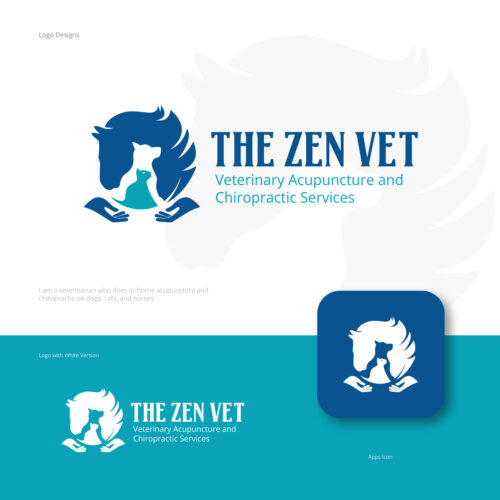

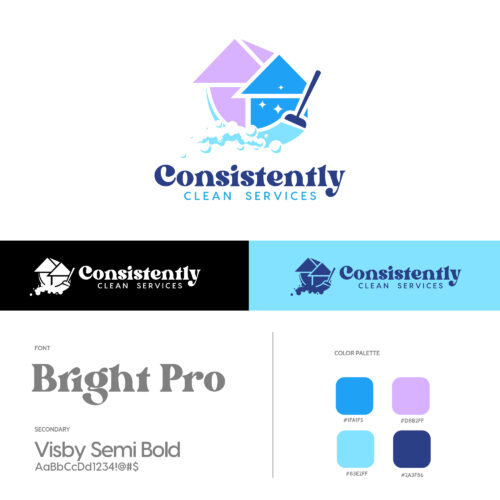
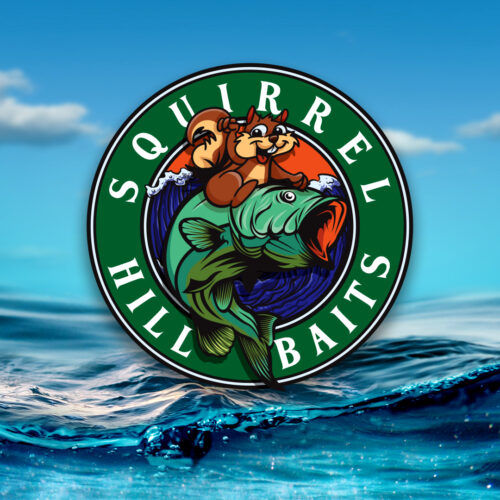

2.) Think About Your Keywords
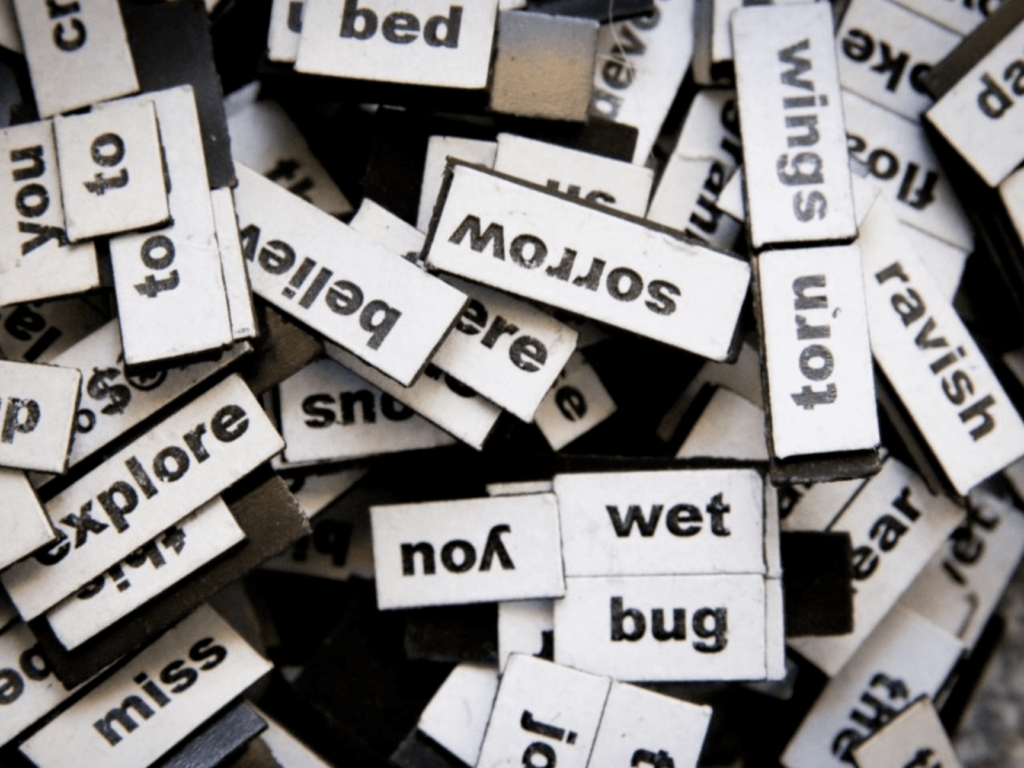
Along with SEO, you may have heard about keywords. Keywords are words or phrases that work to help search engines identify the contents of a webpage. Think about the things you’d type into the Google search bar when looking for something specific.
Say, for example, you want instructions on how to bake some oatmeal raisin cookies. You might search for:
“oatmeal raisin cookie recipe,”
“oatmeal raisin recipes”,
or simply “oatmeal cookies.”
So, if you happen to be writing a tutorial on how to bake oatmeal raisin cookies, you’d want to use one of these phrases as your main keyword.
A keyword phrase is meant to be placed throughout the webpage. It is a good habit o incorporate these words into the URL, the page title, and/or the headings and subheadings. There are many online tools to help you determine good keywords for your content.
3.) Update Your Content Regularly

When running any type of website or blog page, a content creator should always upload on a consistent basis.
It is highly recommended that online writers schedule the times in which they will post new content. This could be anywhere from the same time each week, to the same time each month. When running any type of website or blog post, a content creator should always upload on a consistent basis. This will help improve the site’s relevancy, which will make search engines push this content to the top of search engine results.
It is highly recommended that online writers schedule the times in which they will post new content. This could be anywhere from the same time each week, to the same time each month. Search engine algorithms simply need to know that your website is keeping up with the times.
Here is a guide on how to schedule and organize content uploads.
4.) Learn About Metadata

Metadata is the information that tells people what is on your web page. After typing something in a search bar, sites like Google supply a list of links in the search engine results, all of which lead to their own website. You’ll notice that these links commonly display a title, a URL, and a short description. This is what metadata is used for in the context of SEO.
Thankfully, modern technology has made this easily accessible. All of the needed information can be easily viewed through blog/article writing engines, such as WordPress.
Title Metadata is the most important thing to get correct, as it is displayed as the headline for your webpage in search results.
The next thing to focus on is Description Metadata. This is what encompasses that familiar text description of search engine results; usually located just under the headline. The description should be thought of as a subtle advertisement, describing your page’s content, while being eye-catching to the viewer. It is best to aim for around two sentences.
Meta Keywords describe a specific type of data that appears in the HTML coding of a website. It is used to help search engines tell what the topic of a webpage is. For this type of metadata, all you want to do is insert a list of potential keywords. Although it is the least concerning type of metadata, these keywords can still be a useful tool.
To get you started, here’s a more in-depth look into the concept of Metadata.
5.) Make Your Site Link-Worthy

Naturally, creating authoritative, engaging, relatable content will help a webpage become linked elsewhere.
Think of it this way, if another website helps you out immensely, wouldn’t you seize an opportunity to recommend it somewhere else? Perhaps on your own blog post, if it’s relevant? This is why the act of capturing your reader’s attention is insanely important. You want readers to gain insight, knowledge, and to remember your page.
Linking to other sites can be very helpful. It can make your paragraphs more memorable and also give people more information. So long as it adds to the subject matter, feel free to add intriguing blog posts, and relevant articles. So long as it adds to the subject matter, feel free to add intriguing blog posts, and relevant articles.
When linking to other websites or pages, be sure to name your links in a strategic manner. Contrary to popular belief, links such as “Click Here!” have no search engine value. Instead, try adding a simple text description for whatever this link leads to.
6.) Don’t Forget Your Alt Tags!
Earlier, we talked about how adding pictures and videos can help increase website engagement. Though when it comes to this form of media, you will also need to use alt tags. Also known as alt text, alt description, or alt attribute, an Alt Tag is known as the snippet of detailed information used to describe what an image or video shows.
When adding the relevant media to your webpage, it is crucial to also provide clear, and simplistic text. Your language should describe exactly what the picture or video is displaying, while being sure not to make things too short, or overly descriptive.
Take this image, for example:

- A bad alt tag would be: “sitting”
- Another bad alt tag would be: “The tall woman sits in an outdoor chair with grace. She poses for the camera, with her white blouse and denim skirt. She has olive skin and straight, brown hair.”
- Now here’s a good alt tag: “woman sitting in a chair while posing”
Alt tags allow search engines to locate your page, making it a crucial step in how to do SEO. It is also beneficial for text-only browsers, and for those with visual impairments.
When you have no technical knowledge, it can be intimidating when learning how to do SEO. But with the right tools, resources, and practice, you’ll be able to drive eager readers to your content in a flash.


